These grates block the passage of some debris and light, while remaining somewhat permeable to air and liquids. Read More…
All Plastics and Fiberglass prefabricates gratings products including fiberglass gratings, bar gratings and floor gratings. We offer online ordering of our in-stock products to accommodate all our current and potential customers.
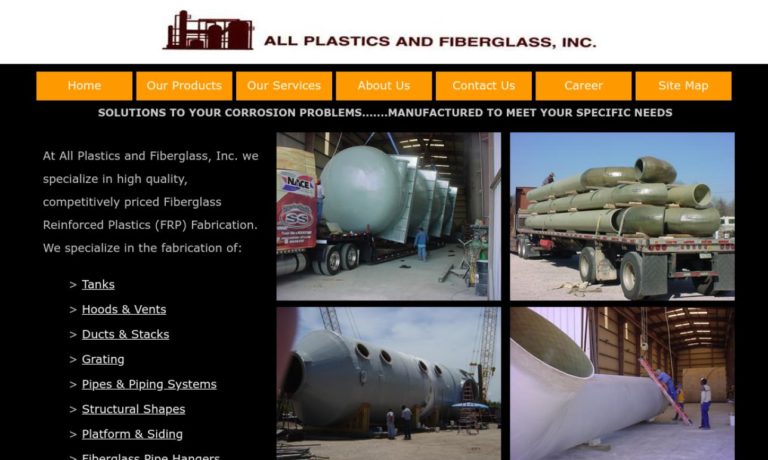
Our seasoned engineers are experts at manufacturing durable gratings. These high quality solutions are specialized for a variety of industries. We take pride in saying that all of our manufacturing processes happen right here in the United States. We promise to assist you with all of your needs. You will be satisfied with our long-lasting economical solutions!
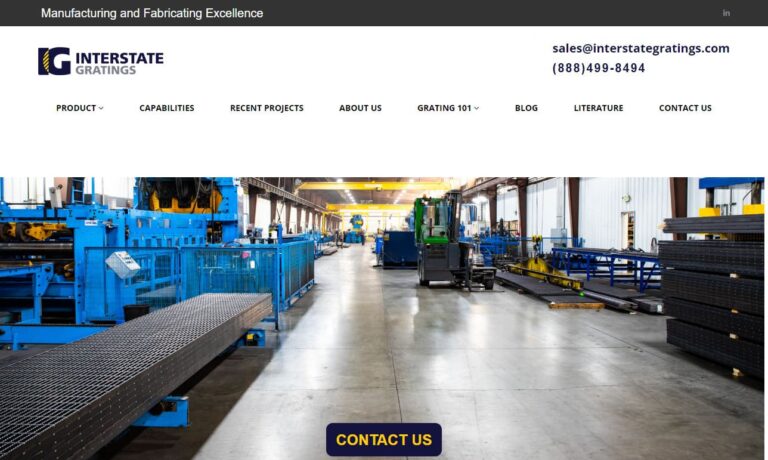
We are the experts at creating high quality gratings. Our engineers are eager to handle any of your requests. We care about your order, no matter how big or small. You can count on friendly assistance from the first call. We pay attention to your specific requirements and you are guaranteed to receive your products on-time. These items are easy to install and simple to maintain.
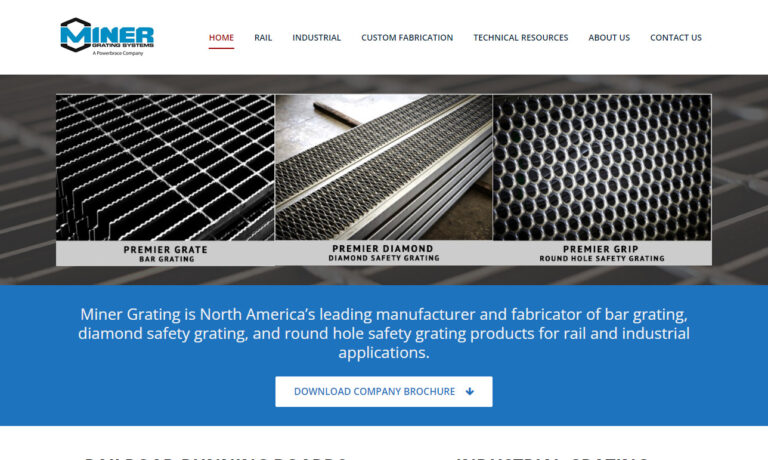
For over 40 years, Ohio has been a leading manufacturer of precision made aluminum grating solutions and offers products in both light duty for pedestrian loading and heavy duty for H20 loading to meet AASHTO standards. Ohio’s products can be manufactured to comply with ADA requirements, are manufactured in the USA and can assist with earning LEED credits. Please call Ohio today!

More Galvanized Grating Manufacturers
Used for drainage, support, filtration, partition and enclosure formation, gratings are employed in many different environments and may be made of a number of different materials. Common metal grate materials that are pre-treated through galvanization include iron, steel and aluminum.
Though these grates may be used without galvanization, this protective process improves the working lifespan of a grate in industries such as heating and cooling, refrigeration, architecture, power generation, automotive, walkway construction, marine superstructure, petrochemical processing, sewage treatment and waste management.
The materials moving through these grate systems are often highly corrosive to even durable materials such as steel. Zinc galvanization provides an added layer of protection. While this layer, varying in thickness from 1mm to just over 4mm, will eventually corrode, the damage caused by corrosion is significantly slowed.
The application of zinc is a relatively simple and cost effective procedure making its use popular for a variety of metal grating fixtures such as grills, grids, grip plates and grates, stair treads and drain grates.
Galvanization is most commonly achieved through a process known as hot-dip galvanizing. Essentially, this involves bathing iron or steel grates or grate components in molten zinc. Zinc is kept liquefied at temperatures near 860 degrees F.
The metal articles, first cleaned with a light acid solution, are either dipped or fed into the zinc bath which forms a metallurgical bond with the substrate materials. When exposed to oxygen and carbon dioxide in the atmosphere, the zinc is cured and forms a layer of zinc carbonate that further protects the bars, mesh and sheets of iron, aluminum or steel grates.
While traditional hot-dipping is still widely used, two additional techniques are growing in use and popularity. Electro-galvanizing passes an electric current through the zinc compound in order to create a thinner and more tightly bonded coating.
The newest development is the environmentally friendly thermal diffusion galvanizing which eliminates the hazardous caustic and acid baths used in traditional methods. Rather than a molten bath, zinc powder is applied to grate components which are then sealed in a drum and processed through a rotary oven.
Each technique produces spangle, either uniform or large grain, on the finished grate. Spangle is the appearance of a crystalline structure that gives the formerly shiny metals a dull grey appearance.

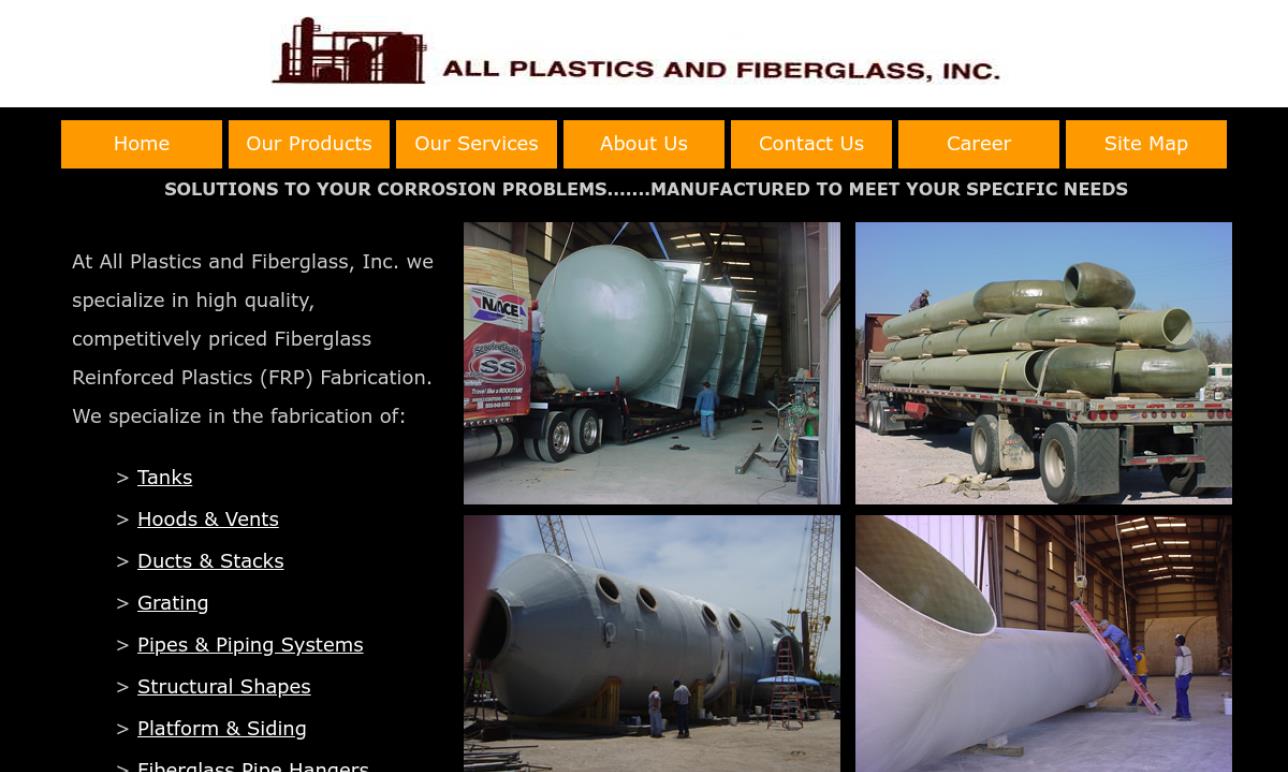
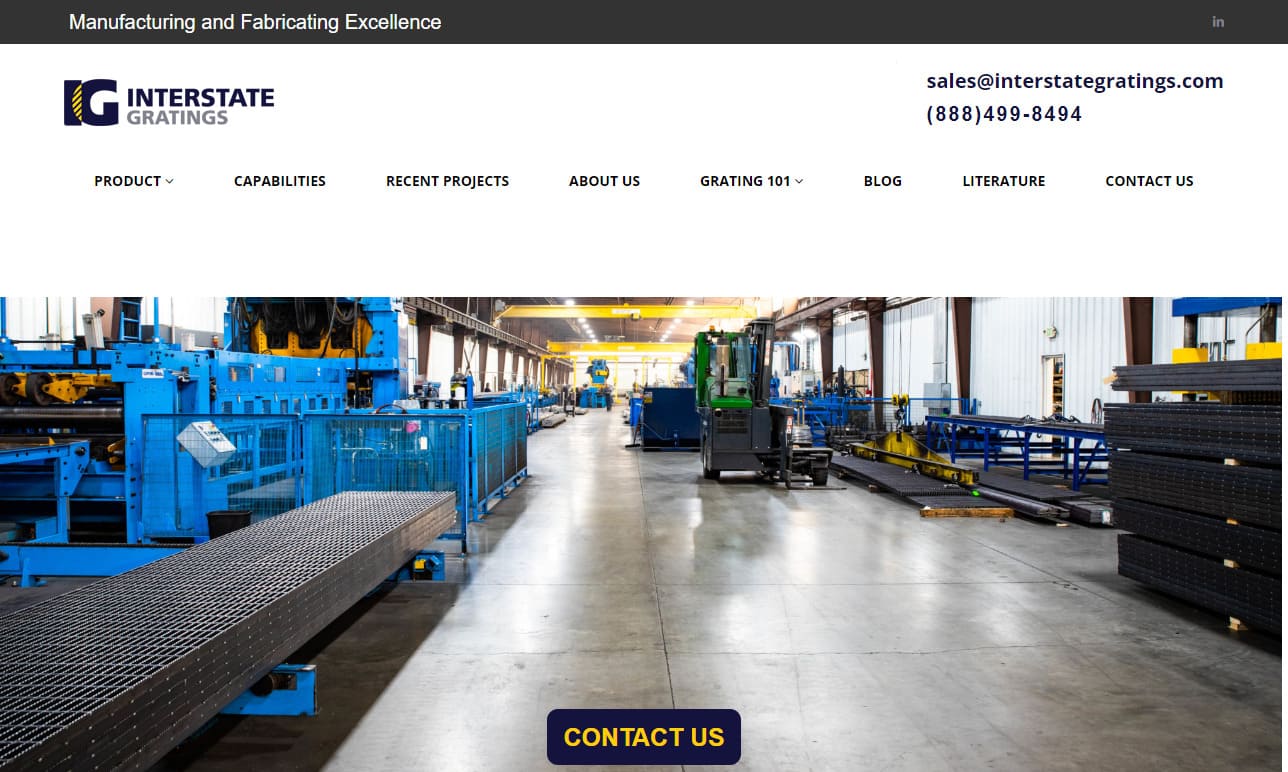
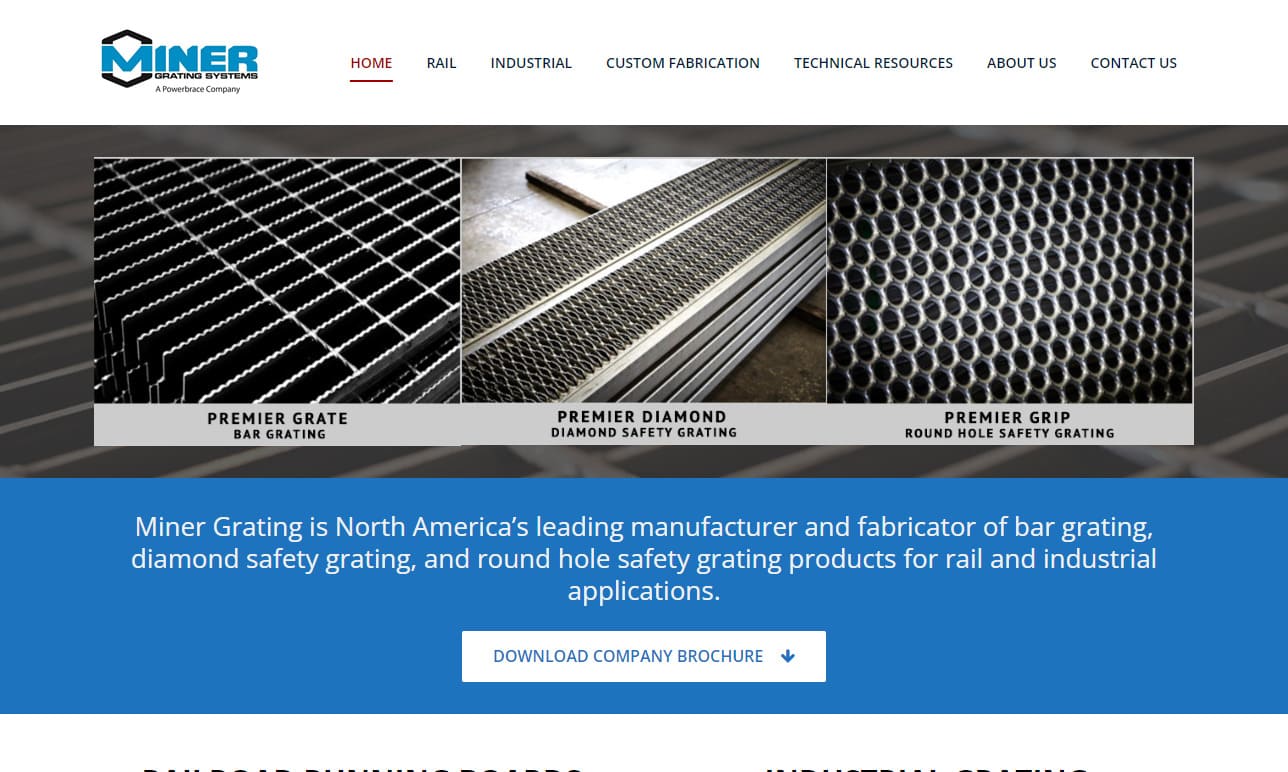

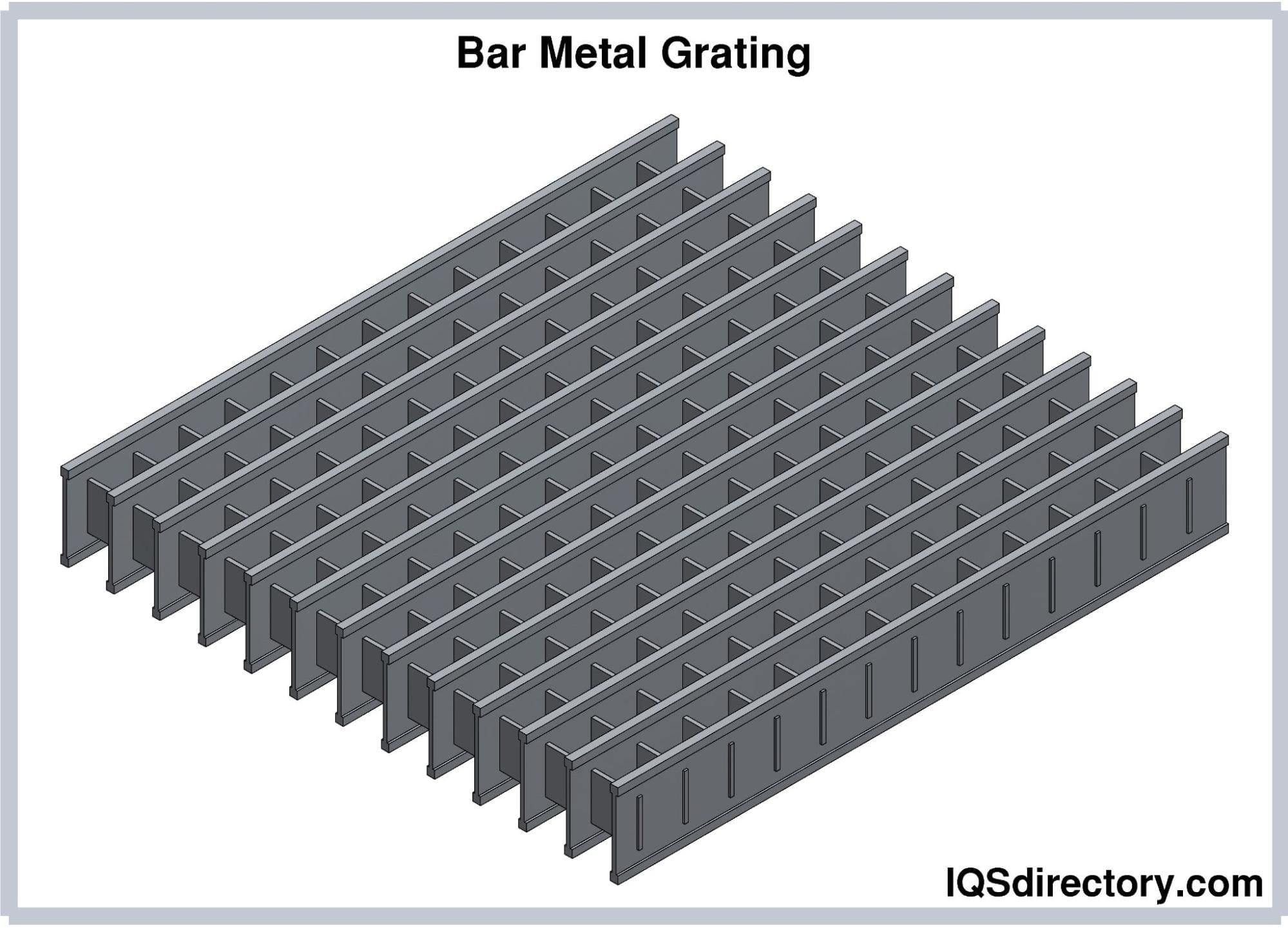
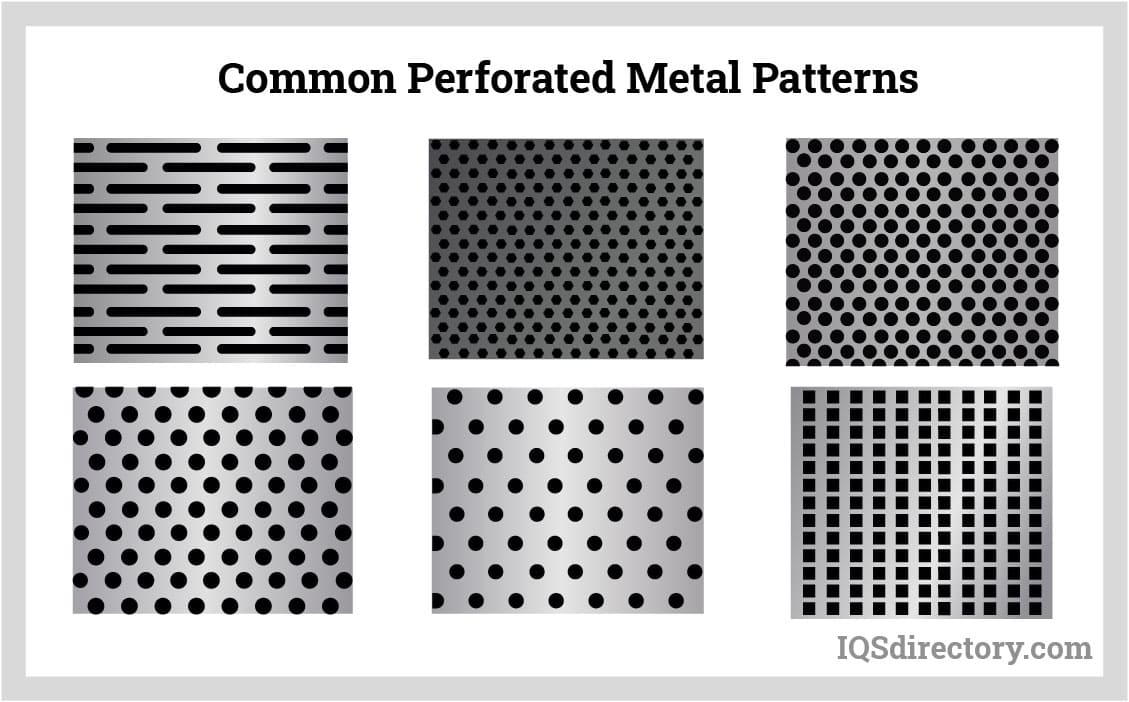
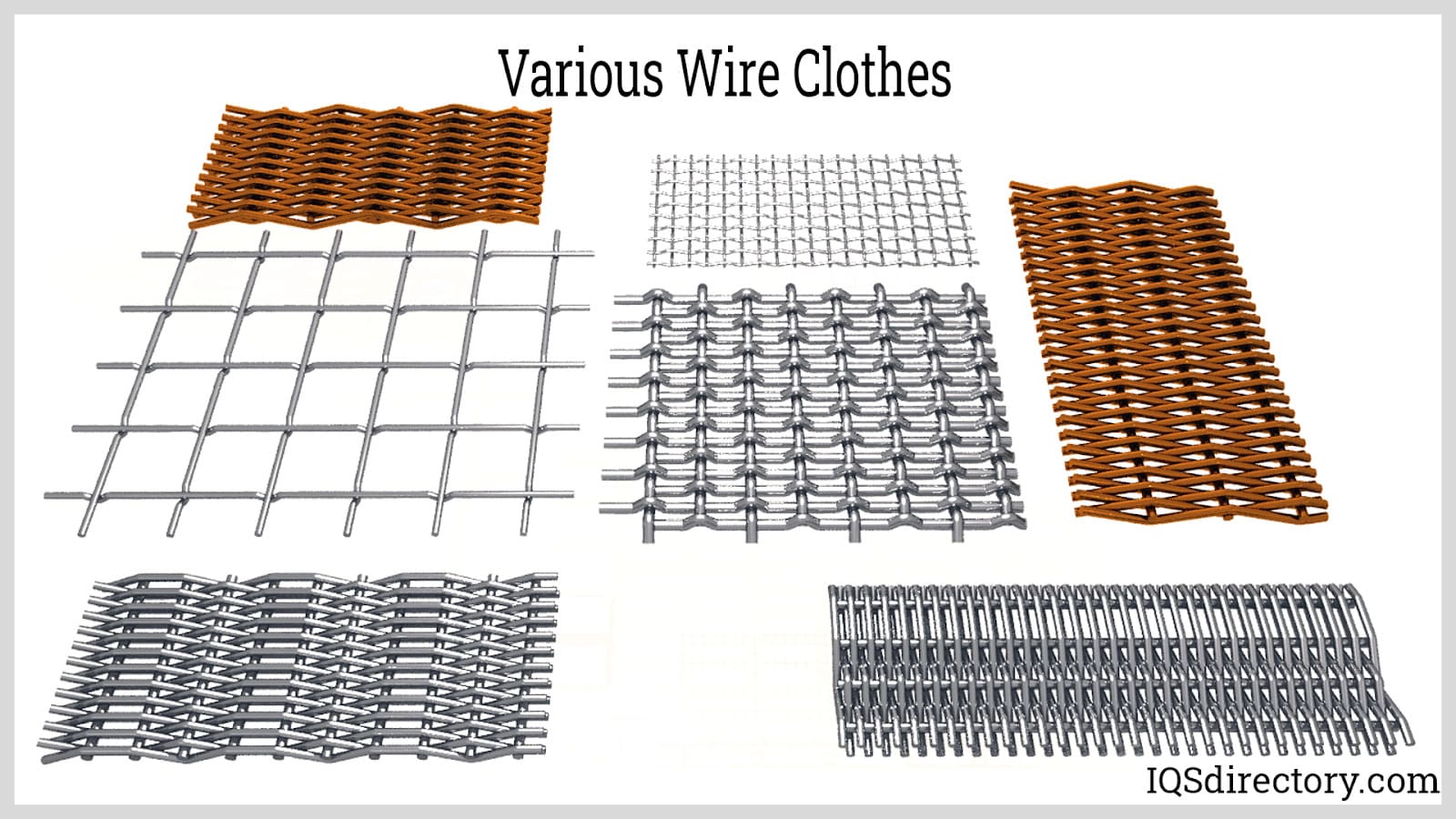
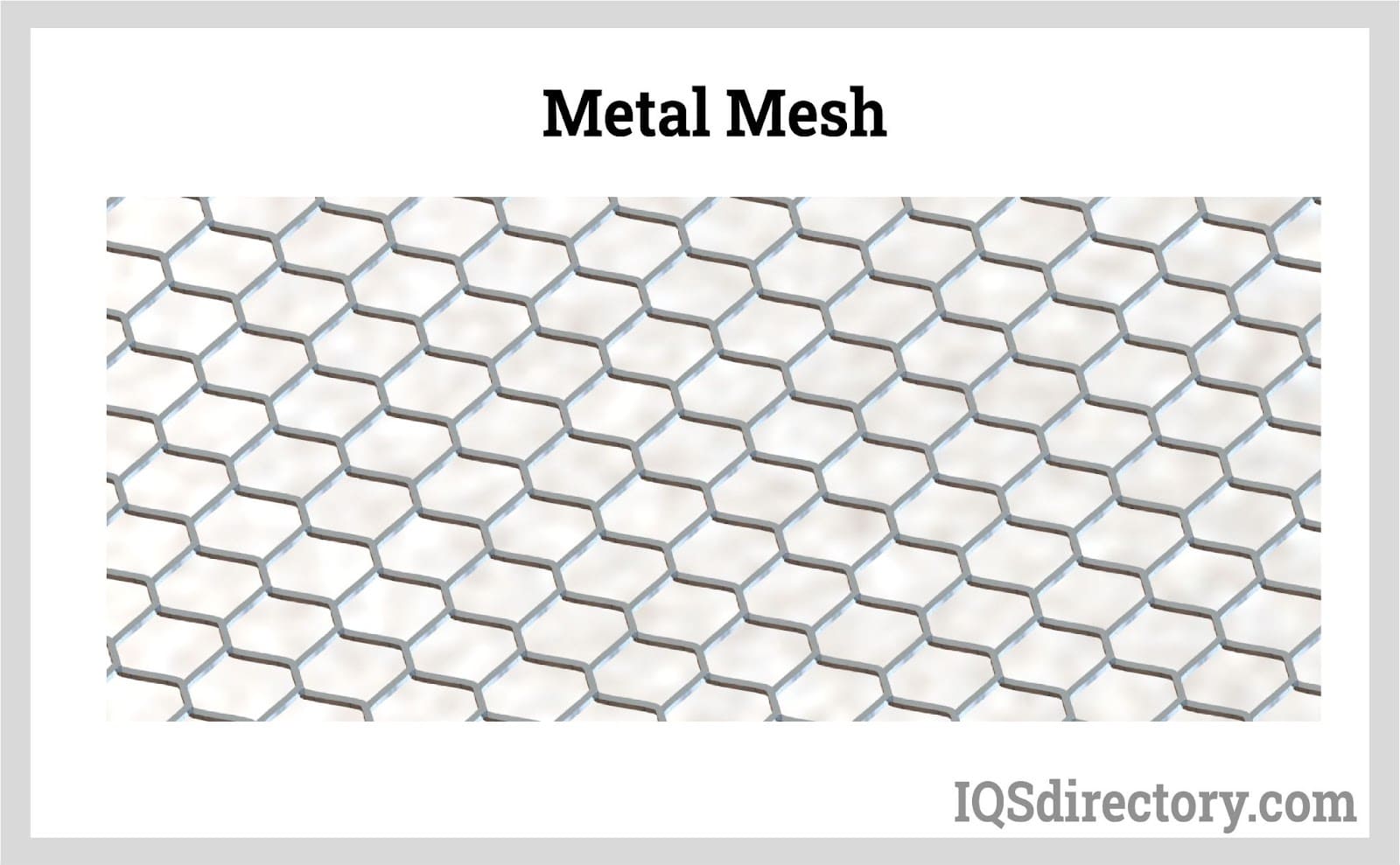
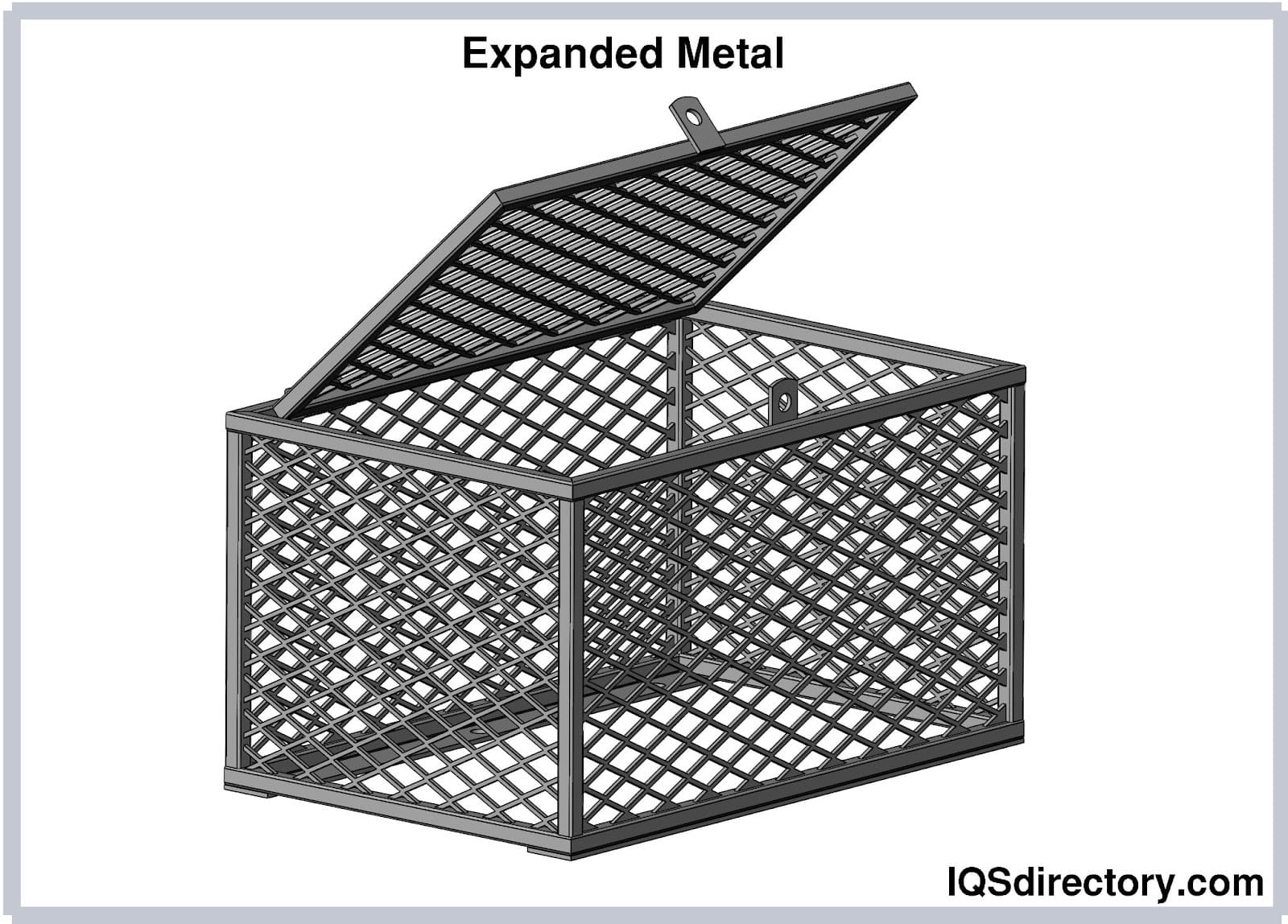
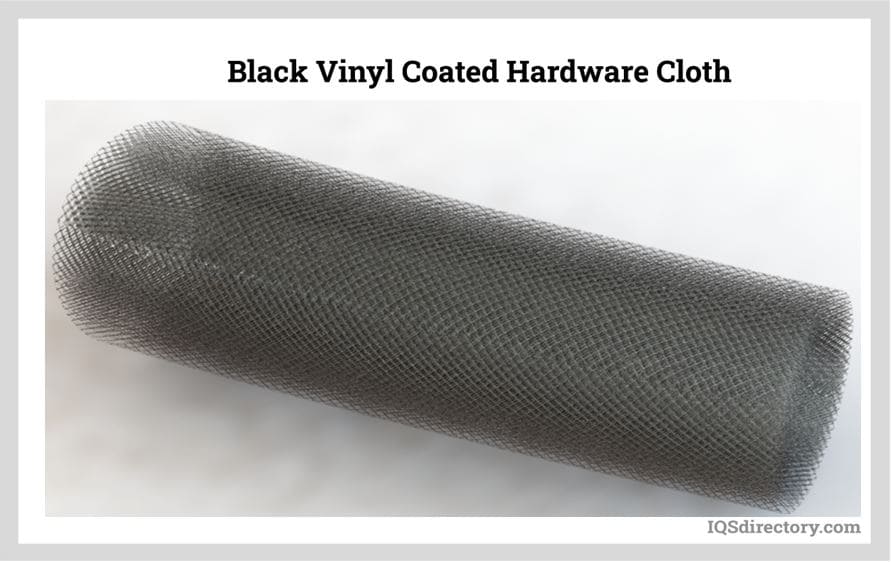
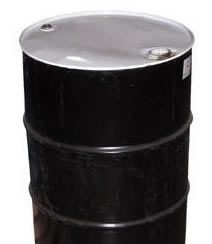 55 Gallon Drums
55 Gallon Drums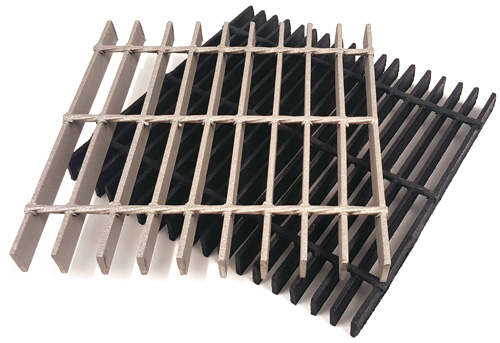 Floor Gratings
Floor Gratings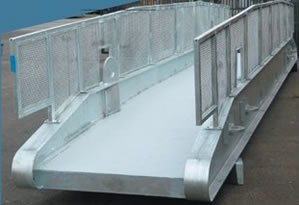 Mezzanines
Mezzanines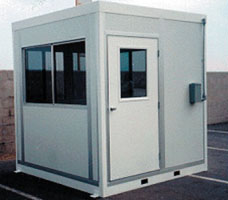 Modular Buildings
Modular Buildings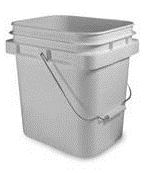 Plastic Containers
Plastic Containers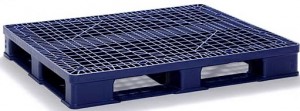 Plastic Pallets
Plastic Pallets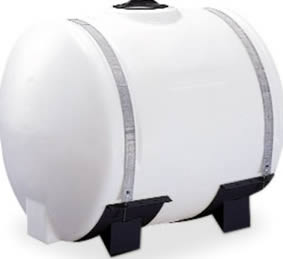 Plastic Tanks
Plastic Tanks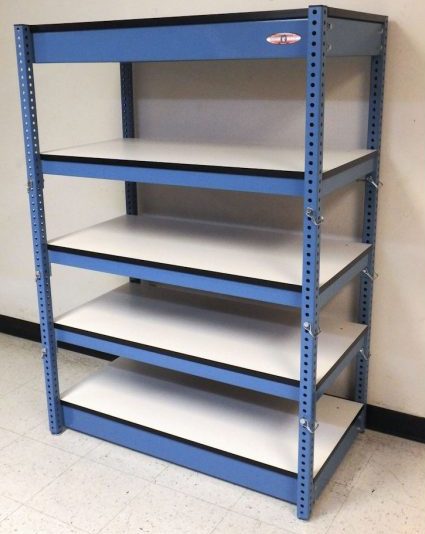 Steel Shelving
Steel Shelving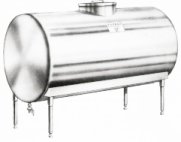 Stainless Steel Tanks
Stainless Steel Tanks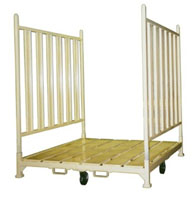 Storage Racks
Storage Racks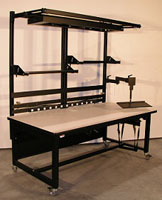 Work Benches
Work Benches Castings & Forgings
Castings & Forgings Bulk Material Handling
Bulk Material Handling Electrical & Electronic Components
Electrical & Electronic Components Flow Instrumentation
Flow Instrumentation Hardware
Hardware Material Handling Equipment
Material Handling Equipment Metal Cutting Services
Metal Cutting Services Metal Forming Services
Metal Forming Services Metal Suppliers
Metal Suppliers Motion Control Products
Motion Control Products Plant & Facility Equipment
Plant & Facility Equipment Plant & Facility Supplies
Plant & Facility Supplies Plastic Molding Processes
Plastic Molding Processes Pumps & Valves
Pumps & Valves Recycling Equipment
Recycling Equipment Rubber Products & Services
Rubber Products & Services